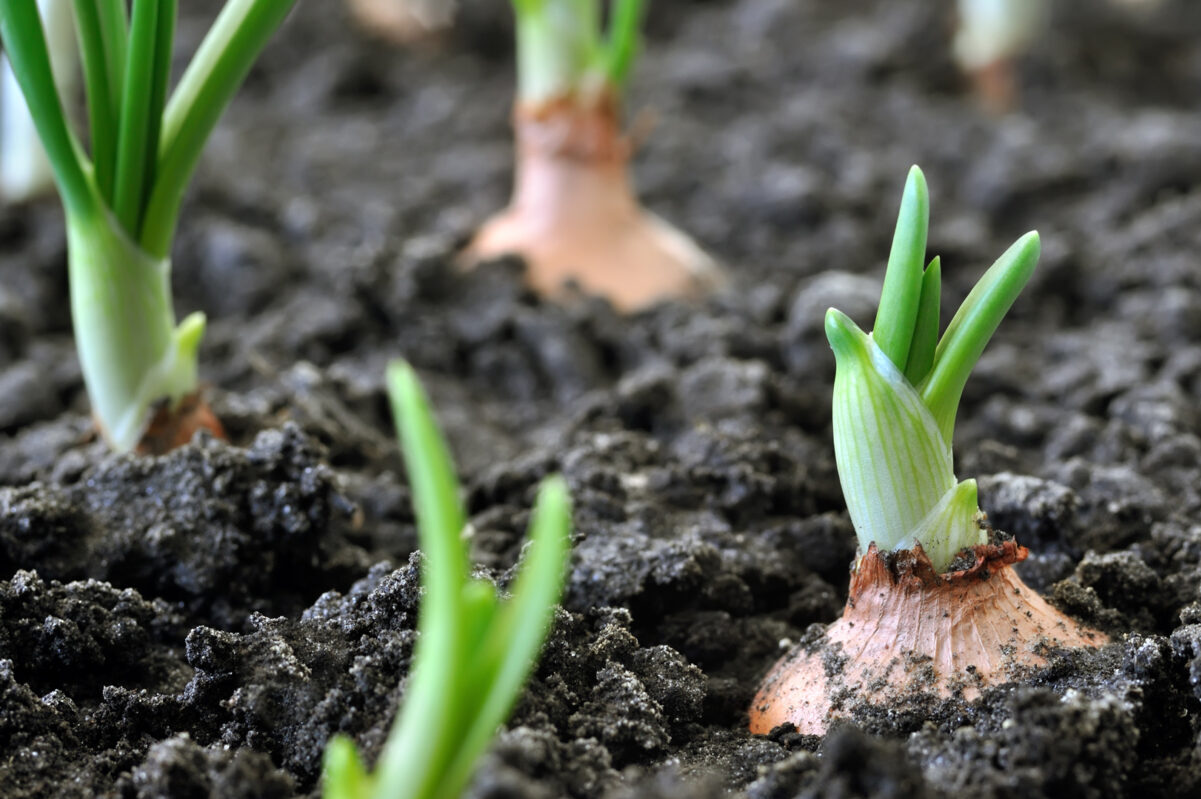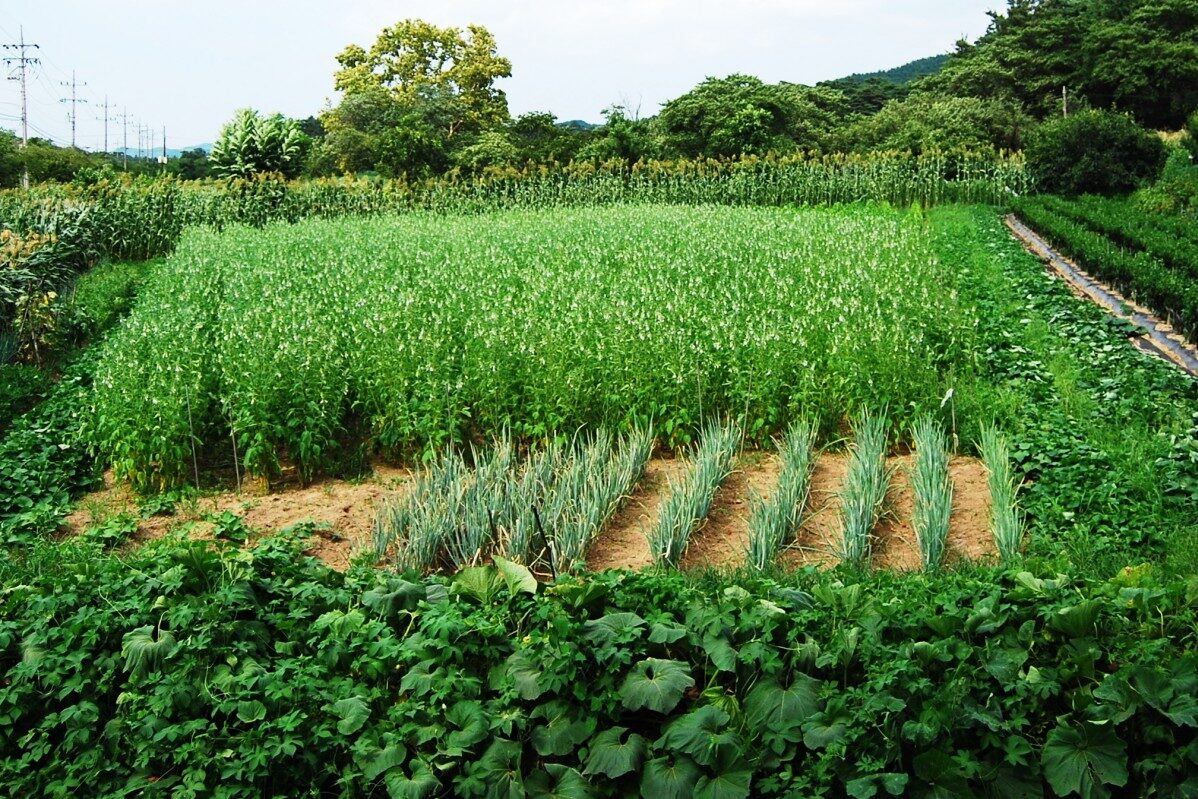Do you wonder about getting started with certified organic farming? Continue reading to know the steps on how to do it.
Step 1 – Familiarize Yourself with the Updated Standards and Regulations in Canada
Step 2 – Research about organic farming techniques. There are many resources you can find to help you better understand it.
Suppose you are considering organic farming and you want to hear ideas directly from organic farmers. In that case, you can attend the tours organized by us. Aside from having the chance to interact with organic farmers, you can also discover, see, and feel different organic production processes.
You can opt to attend conferences about organic farming. Through these conferences, you will have the opportunity to take part in organic organizations and talk with organic farmers. The biggest yearly conference is the Guelph Organic Conference in Guelph in Ontario. Organic Connections conferences are held every 2 years in the Prairie region.
If you are in Eastern Ontario, you can attend Eco Farm Day, which is our yearly event held in Cornwall. You can consider the yearly ACORN conference in Atlantic Canada and COABC’s yearly conference and general meeting.
We recommended using our Canadian Organic Standards guide and practical skills handbooks so that you can better adjust to organic farming. You can also subscribe to us and visit our mail order library free of charge. You can browse and borrow more than 1,000 collected titles. You do not need to pay for postage in both directions.

You will also get our magazine when you avail of our subscription. Also, you can meet other organic farmers near your residence to help you by taking part in our activities and attending events.
You can also check out our directory of organics in Canada online. You can see organic farmers in the country, their location, and what products they produce. For additional resources, you can visit our website. You will see the different federal government, national organic, provincial organic, and international organic organizations.
If you are having a hard time deciding, you can give us a call, and we will do our best to assist you.
Step 3 – Do a survey. You can think of the animals or crops you can grow on your land. You can also figure out how that land was used by its previous owner if chemicals were used and how long since chemicals were last used in the land. Soil testing might be needed as well. Doing a market survey will help you decide on what you want to produce.
Step 4 – Look for a certifying body to help your products get certified.

